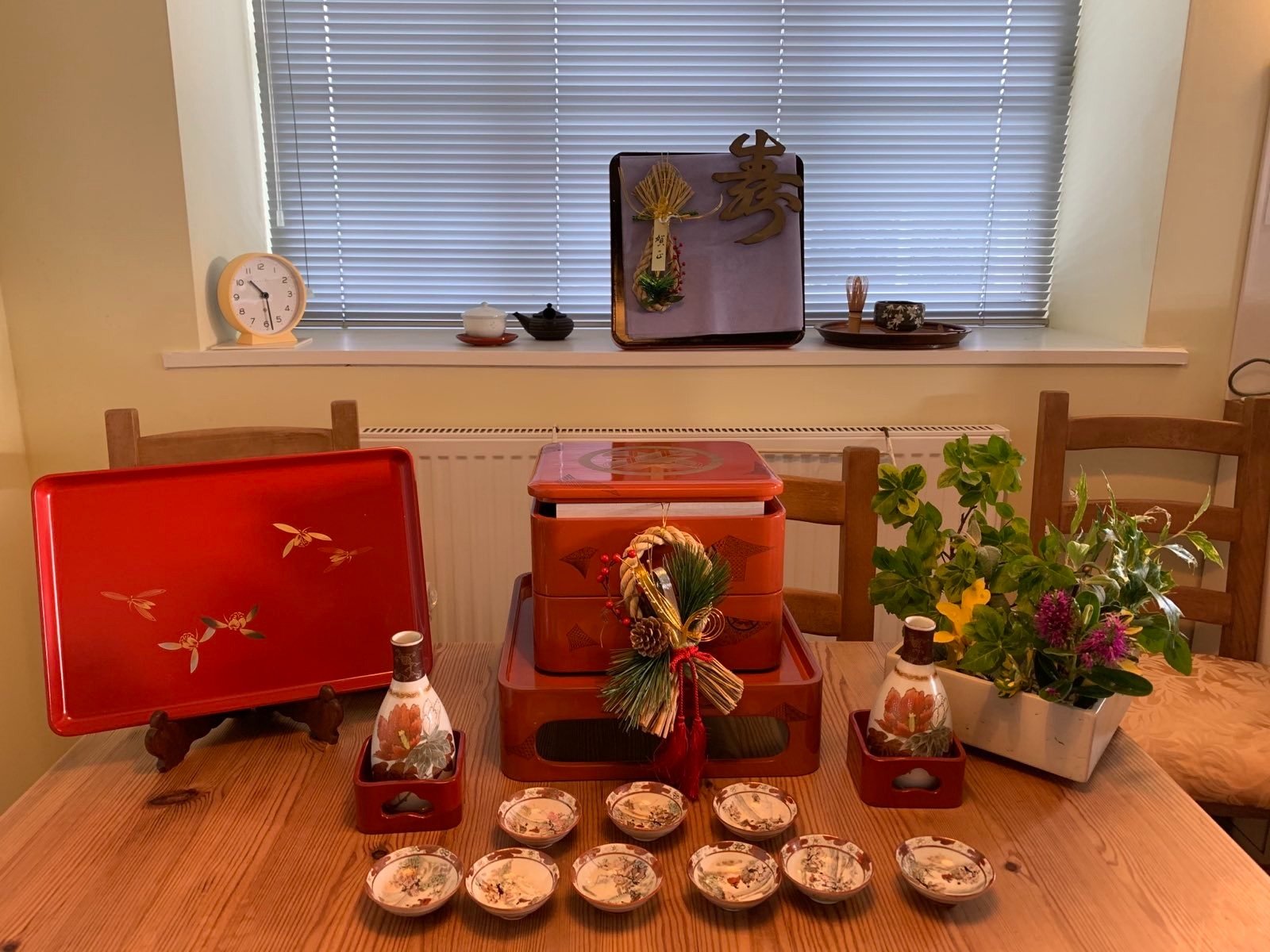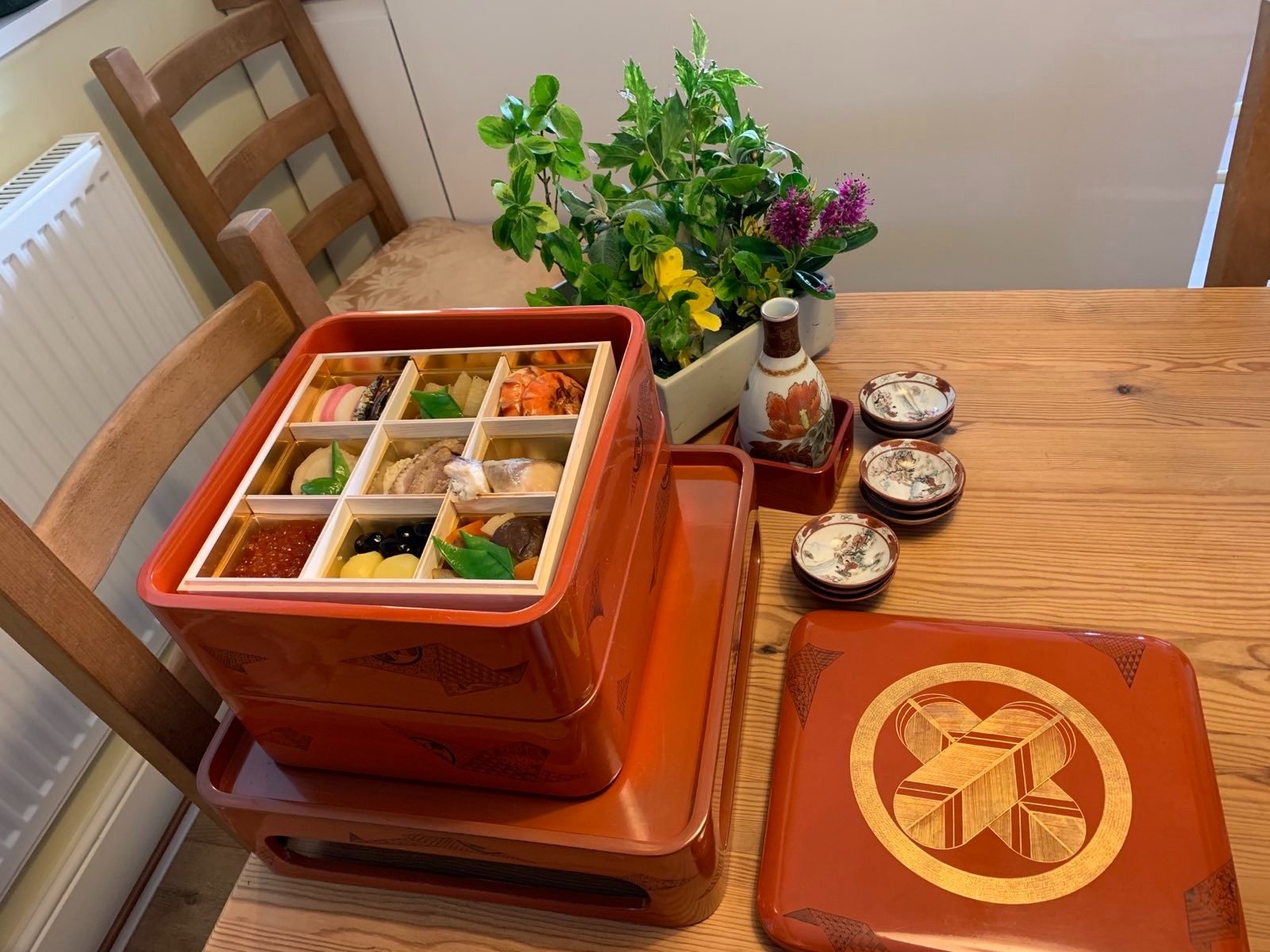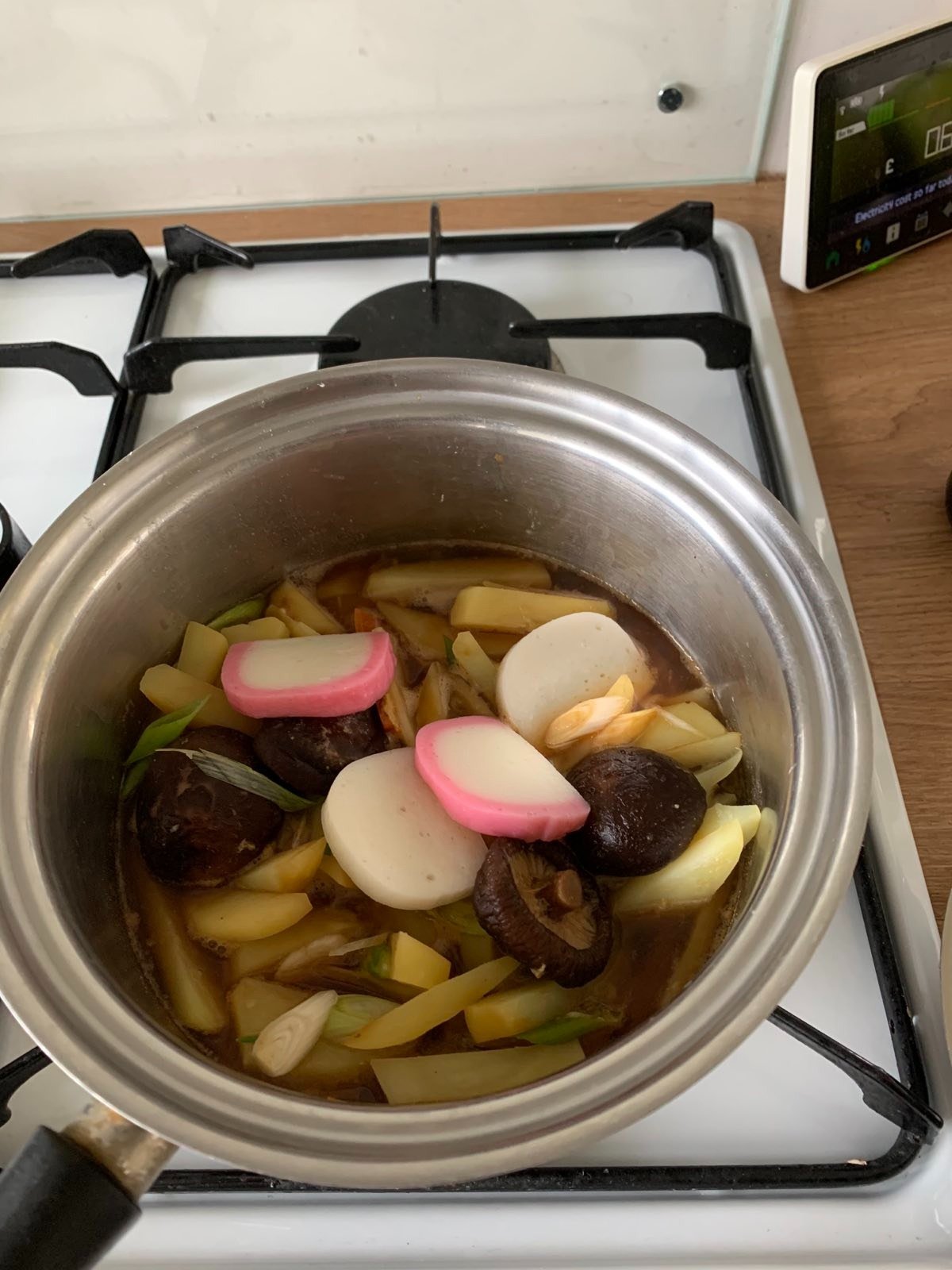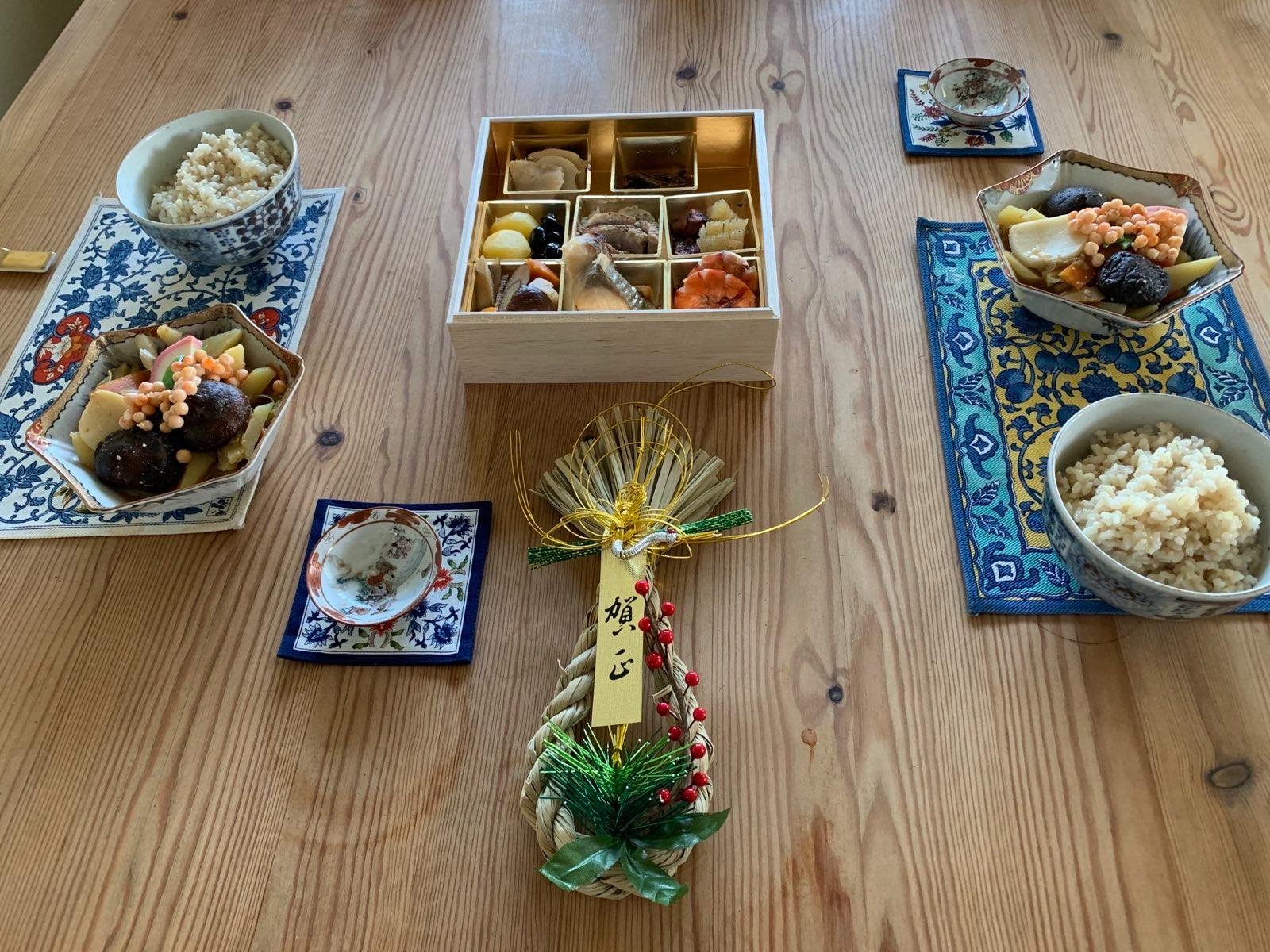“Osechi” - Japanese New Year Food
A Happy New Year!
I did something against my creed of “Back to Basics” (i.e. to live on local food in harmony with nature) for this New Year celebration… and ordered Japanese New Year food from London!
WASO is offering to deliver this special New Year meal across the UK for the first time. For someone who lives on the tip of the southwest in the UK, this offer was well worth it. A deeply frozen wooden box arrived on 22nd December. The instructions say to defrost it 24 hours prior to eating. (This blog isn’t sponsored by them!)
To match this elaborate meal arriving from London, I dug out some Japanese artefacts tracing back to my great grandfather who was a vegetable oil merchant in Niigata, Japan. It also brought back unexpected memories from my childhood.
Japanese New Year food is called O-sechi. The word “sechi” seemed to be derived from “setsu” or the change of the season, based on the ancient Chinese calendar.
The wooden box I received was divided into nine, and different dishes were squeezed into each compartment. Let me highlight the contents three divisions at a time.
From Left to Right
Simmered Shrimp;Miso Marinated Yellowtail;Simmered Chicken and Root Vegetables
(海老の艶煮;ハマチの西京焼き;筑前煮)
Herring Roe/Simmered Octopus and Mooli Daikon;Sliced Duck Loin/Burdock Root with Sweet Soy and Sesame;Black Beans/Chestnuts and Mashed Sweet Potato
(数の子/蛸と大根のやわらか煮;鴨ロース/たたきごぼう;黒豆/栗きんとん)
Candied Dried Sardines/White and Red Fish Cake;Simmered Abalone/Kombu Kelp Rolls;Ikura Salon Roe
(田作り/紅白蒲鉾;鮑のやわらか煮/昆布巻き;いくら)
Jubako (Piled boxes)
The wooden box turned out to be the right size to fit into a lacquered jubako. Jubako (重箱)literally means piled boxes and traditionally these boxes are packed with New Year food. The Jubako I inherited from my mother’s side of the family has five boxes. (It became too large to be kept in a small house in Tokyo, so they gave them to me as a belated wedding present.) I was told that women in the household work hard to fill up these boxes just before the New Year, so that they don’t have to work at all for the first three days of the New Year. Sticky rice (mochi 餅) is also pounded and cut into small pieces. They are very handy because you can just grill them or put them in soups. No serious cooking is involved!
Salmon Roe
Salmon Roe (いくら)is a delicacy the Japanese people treasure. However, while living in the UK, I have stopped eating raw food altogether so I thought I should cook this Japanese delicacy. Then I remembered cooked salmon roe was called Toto Mame (which literally means “fish beans”) in my mother’s side of the family. When we had a family gathering at my grandparents’ house in Tokyo on New Year’s Day, we enjoyed a special soup full of vegetables and bits of salmon, sprinkled with Toto Mame. I used to like nibbling the cooked roe in my grandmother’s kitchen. The soup is called Noppe Jiru.
Noppe Jiru (Noppe Soup)
I did a quick internet search on this soup. Niigata is on the northern side of Japan full of snow. People used to make it in a large quantity and kept it in snow (like a fridge). When the snow was too heavy for people to go outside, they just defrosted Noppe jiru to eat. The origin of the word Noppe is not clear, but it refers to cooked vegetables with starch. My grandmother used Taro Potatoes (里芋) which made the whole soup starchy. I suddenly remembered that I had jotted down her recipes before I left Japan for good. I magically found that note… sorry it is all in Japanese, but here it is.
I had never attempted to try this recipe in Cornwall, as the ingredients are unavailable. However, in the middle of holiday, I had an urge to try out my grandmother’s recipe! I had potatoes, carrots and Shiitake mushrooms at home; and white and red fish cakes(紅白蒲鉾), mangetout (絹さや)and salmon roe (いくら) here in the Osechi box!
I boiled the salmon roe until it changed colour. I tested one in my mouth, and my childhood memory flooded out. Just as well, I have decided to serve this dish in a special bowl we used to use on New Year’s Day at my grandparents. (I was given those bowls because they were decorated with gold, which makes it unusable in a microwave… )
There is no pounded rice cake (mochi), so the meal is served with brown rice. I never thought eating something like this is possible in Cornwall.
The special Osechi pack from London helped me to remember my grandmother’s recipe. On the other side of the Earth, tradition has been carried on in a humble way. May the World fill up with genuine traditional cultures!







